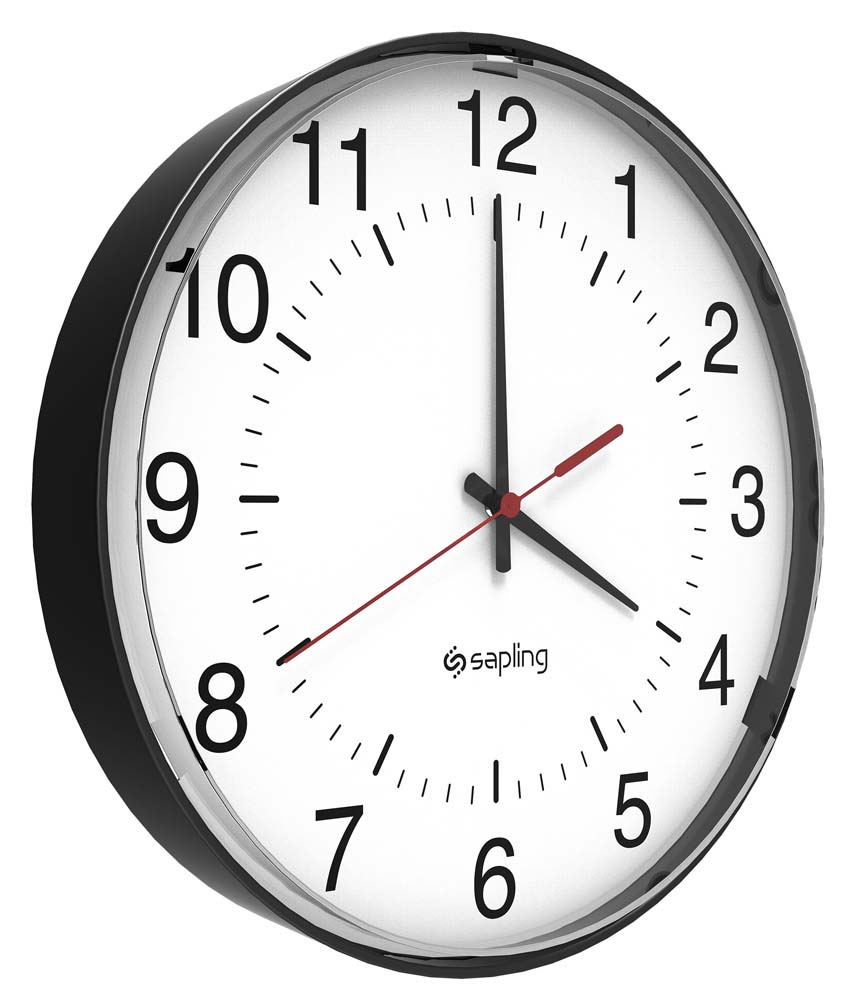

The watchmaker analogy, as described here, was used by Fontenelle in 1686, but was most famously formulated by Paley. Cicero, Voltaire and René Descartes, for example, used timepieces in arguments regarding purpose. Watches and timepieces have been used as examples of complicated technology in philosophical discussions throughout history. The argument conflates the difference between the complexity that arises from living organisms that are able to reproduce themselves (and as such may change to become more complex over time) with the complexity of inanimate objects, unable to pass on any reproductive changes (such as the multitude of parts manufactured in a watch), the comparison breaks down because of this important distinction. In other cases it is clearly being designed for a purpose, where clearly is usually left undefined. In some formulations, the characteristic is orderliness or complexity (which is a form of order). In most formulations of the argument, the characteristic that indicates intelligent design is left implicit.

Its purpose is to establish the plausibility of the general premise: you can tell, simply by looking at something, whether or not it was the product of intelligent design. In this presentation, the watch analogy (step 1) does not function as a premise to an argument - rather it functions as a rhetorical device and a preamble. As with a watch, the complexity of X (a particular organ or organism, the structure of the solar system, life, the universe, everything) necessitates a designer.The complex inner workings of a watch necessitate an intelligent designer.Typically, the analogy is presented as a prelude to the teleological argument and is generally presented as: The watchmaker analogy consists of the comparison of some natural phenomenon to a watch. In the United States, starting in the 1980s, the concepts of evolution and natural selection became the subject of national debate, including a renewed interest in the watchmaker argument by atheists. In 1838, Charles Darwin's formulation of the theory of natural selection was seen as providing a counter-argument to the watchmaker analogy.

The most famous statement of the teleological argument using the watchmaker analogy was given by William Paley in 1802. The analogy has played a prominent role in natural theology and the "argument from design," where it was used to support arguments for the existence of God and for the intelligent design of the universe. By way of an analogy, the argument states that design implies a designer. The watchmaker analogy, or watchmaker argument, is a teleological argument for the existence of God.


 0 kommentar(er)
0 kommentar(er)
